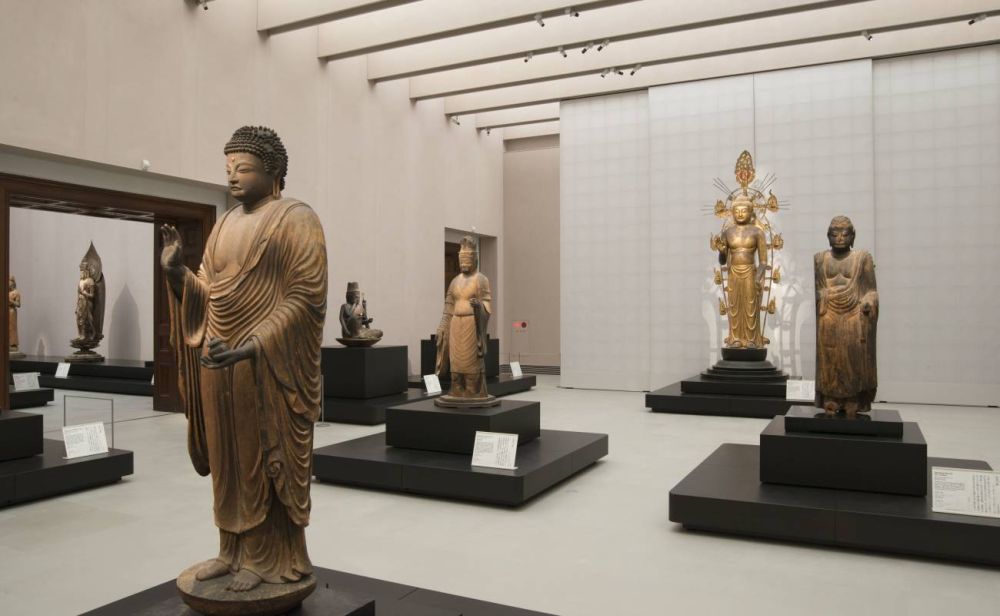

The Nara National Museum, located in the heart of Nara, Japan, is one of the nation's oldest and most prestigious museums. Since its establishment in 1889, the museum has played a pivotal role in preserving Japanese art, especially Buddhist art, which is deeply intertwined with the city's historical identity.
When the Nara National Museum first opened its doors, it coincided with the emergence of Nara as a tourist destination. The museum was built in the lush Nara Park, which is home to hundreds of freely roaming deer, considered in Shinto to be messengers of the gods. As the museum was situated near historic temples and shrines, such as Todai-ji and Kasuga-taisha, it naturally became an essential stop for culturally inclined visitors.
The museum's popularity increased significantly during the Meiji period, as Japan opened up to the West and more people became intrigued by Japanese art and culture. In 1897, the museum was graced with an additional building, known as the Nara Buddhist Sculpture Hall or Nara Butsuzō Hall, enhancing its appeal.
After World War II, there was a surge in domestic tourism as the Japanese economy recovered and people had more disposable income. The Nara National Museum responded to this growing interest by expanding its exhibitions and facilities, including the addition of the new wing in 1972.
As Japan's economy boomed in the 1980s and 1990s, Nara, and consequently the museum, saw an influx of tourists from all over the world. The museum became a symbol of Nara's historical and cultural wealth, further highlighted when some of its surrounding sites were designated UNESCO World Heritage Sites.
In recent times, the Nara National Museum has embraced modern trends by incorporating digital exhibits and interactive experiences. This has made the museum more accessible to a younger audience and those familiar with technology, both domestically and globally.
The global COVID-19 pandemic presented unprecedented challenges to the tourism industry. The Nara National Museum adapted quickly by offering virtual tours and online resources, ensuring that the beauty of its collections could still be accessed by enthusiasts around the world.
Presently, the Nara National Museum remains a major attraction for anyone visiting the Kansai region of Japan. It hosts the annual Shosoin Exhibition, which features treasures from the nearby eighth-century Shosoin repository. With a perfect blend of ancient art and modern amenities, the museum offers a rich, educational, and enjoyable experience, ensuring that the legacy of Japanese Buddhism and its arts continues to fascinate visitors now and in the future.